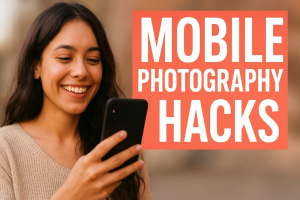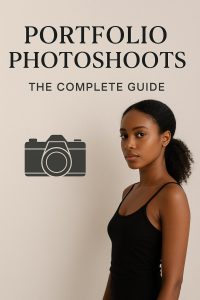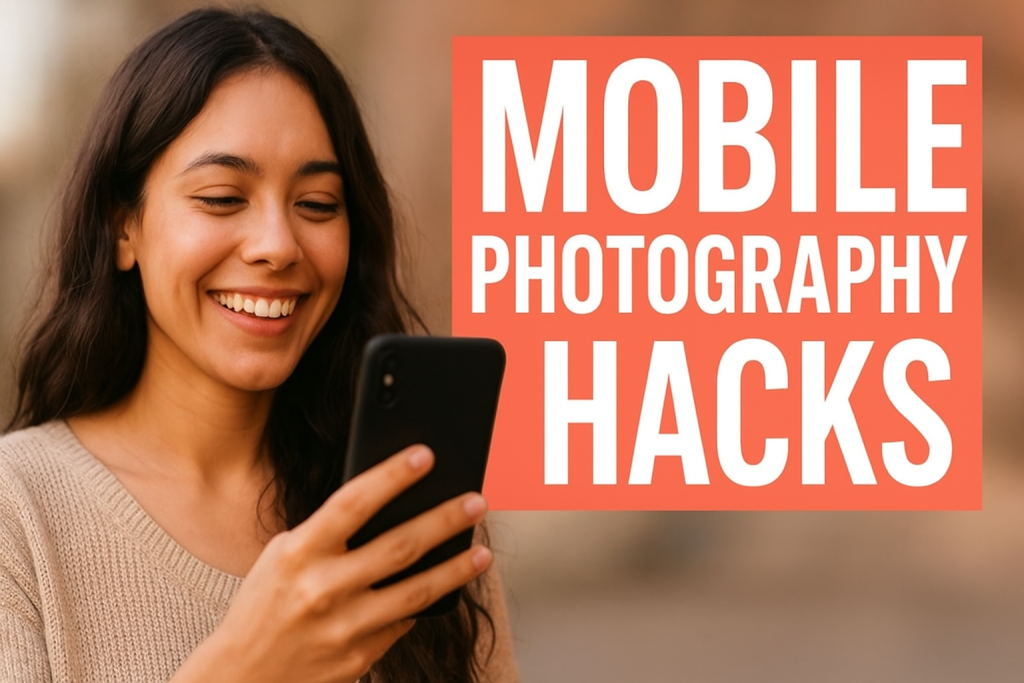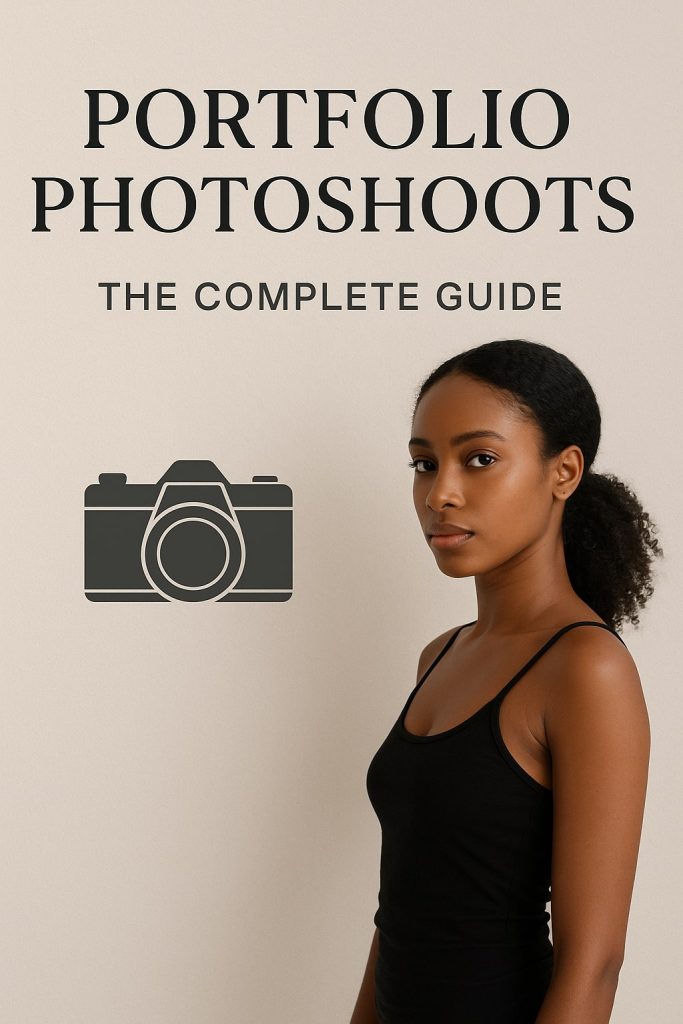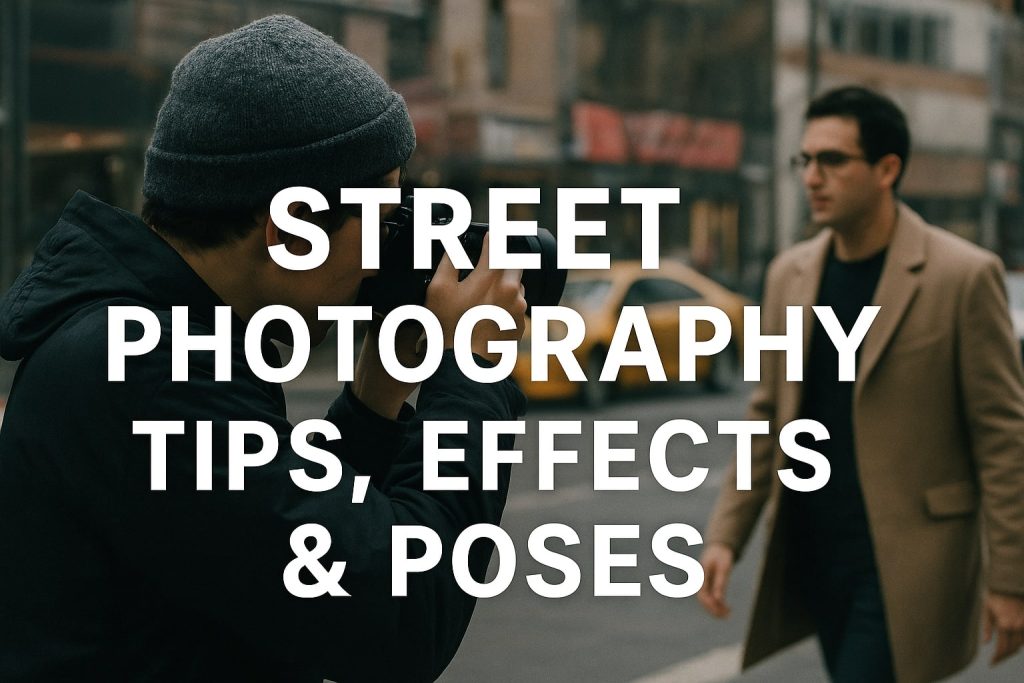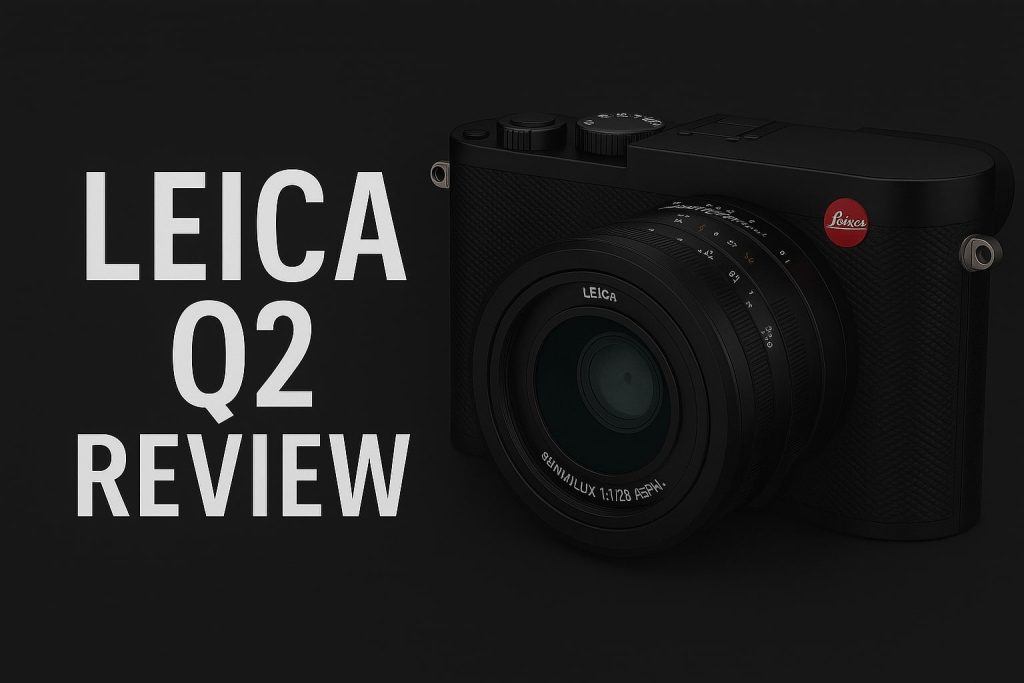Smartphone cameras have advanced significantly, allowing businesses and entrepreneurs to capture high-quality product images without expensive equipment. Whether you’re an online seller, content creator, or small business owner, mastering smartphone product photography can elevate your brand’s image and increase engagement.
This comprehensive guide covers everything from camera settings to editing techniques, ensuring you can produce stunning product photos with just your smartphone.
Why Smartphone Product Photography Matters
The Rise of Mobile Photography
- Smartphone cameras now rival professional cameras in resolution and detail.
- Mobile editing apps offer professional-level retouching capabilities.
Benefits of Using a Smartphone for Product Photography
- Cost-Effective: No need for expensive gear.
- Convenience: Capture and edit photos on the go.
- Easy Sharing: Directly upload images to social media and online stores.
Choosing the Best Smartphone for Product Photography
Camera Specs to Look For
- Megapixels: Higher MP ensures detailed images.
- Aperture Size: Lower f-stop (e.g., f/1.8) improves low-light performance.
- Optical Image Stabilization (OIS): Reduces blur.
- RAW Capability: Allows more editing flexibility.
Top Smartphones for High-Quality Product Photography
- iPhone 14 Pro Max – Advanced computational photography.
- Samsung Galaxy S23 Ultra – High megapixel count and excellent dynamic range.
- Google Pixel 7 Pro – AI-enhanced image processing.
Essential Equipment for Smartphone Product Photography
Lighting
- Natural Light: Best for soft, even lighting.
- Ring Light: Great for smaller products like jewelry.
- Softbox Lights: Provide professional studio-like lighting.
- Reflectors & Diffusers: Control shadows and highlights.
Stabilization
- Tripod with Phone Mount: Ensures steady shots.
- Gimbal Stabilizer: Helps with smooth motion shots.
Backgrounds & Props
- White or Neutral Backgrounds: Ideal for clean, distraction-free images.
- Textured Surfaces: Wood, marble, or fabric for lifestyle shots.
- Props: Complementary objects to add context.
Setting Up Your Smartphone for Product Photography
Adjusting Camera Settings
- Grid Lines: Enable for better composition.
- Focus & Exposure Lock: Tap and hold to maintain correct exposure.
- HDR Mode: Enhances detail in bright and dark areas.
- Pro Mode: Allows manual control of ISO, shutter speed, and white balance.
Using the Right Camera Modes
- Portrait Mode: Ideal for depth-of-field effects.
- Macro Mode: Best for close-up shots of small items.
- Night Mode: Enhances low-light images.
Mastering Lighting for Product Photography
Natural vs. Artificial Lighting
- Pros of Natural Light: Free, soft, and natural.
- Cons of Natural Light: Unpredictable, dependent on time of day.
- Pros of Artificial Light: Consistent and controllable.
- Cons of Artificial Light: Requires additional equipment.
Reducing Shadows & Glare
- Use a Softbox or Diffuser: Softens harsh light.
- Adjust Reflectors: Bounce light to fill shadows.
- Avoid Direct Sunlight: Creates unflattering shadows.
Composition Techniques for Professional-Looking Photos
Rule of Thirds
- Place products off-center for a balanced composition.
- Use grid lines to align the product properly.
Leading Lines
- Direct the viewer’s eye to the main product using natural lines in the image.
Negative Space
- Keep clutter out of the frame to focus on the product.
Angles & Perspectives
- Eye-Level: Neutral and straightforward.
- Top-Down: Ideal for flat lays.
- Close-Up: Captures textures and fine details.
Editing & Enhancing Product Photos
Best Smartphone Editing Apps
- Adobe Lightroom Mobile – Professional-grade editing tools.
- Snapseed – User-friendly with powerful features.
- Canva – Ideal for creating marketing content.
Basic Editing Steps
- Adjust Brightness & Contrast: Enhance visibility.
- Color Correction: Ensure accurate product representation.
- Sharpening: Improve image clarity.
- Background Removal: For clean, professional product cutouts.
Common Mistakes & How to Avoid Them
Poor Lighting
- Always test different light sources to find the most flattering.
Blurry Photos
- Use a tripod and tap to focus before shooting.
Over-Editing
- Keep adjustments natural to maintain authenticity.
Inconsistent Image Style
- Maintain the same background and lighting for all product images.
Optimizing Smartphone High-Quality Product Photography for Online Stores
File Formats & Compression
- JPEG vs. PNG: JPEG for general use, PNG for transparency.
- WebP: Best for e-commerce due to smaller file size.
Naming & Alt Text
- SEO-Friendly Filenames: Use descriptive keywords (e.g., “handmade-ceramic-mug.jpg”).
- Alt Text: Describe the product for accessibility and SEO.
Uploading to Online Platforms
- Ensure proper sizing for each platform:
- Etsy: 2000px minimum on the longest side.
- Amazon: 1000px minimum with a white background.
- Shopify: 2048px for high-quality display.
Conclusion
Mastering High-Quality Product Photography for product shoot is an invaluable skill for businesses and creators. By optimizing camera settings, lighting, and editing, you can achieve professional-grade results without expensive equipment. Start applying these techniques today to improve your online presence and drive more sales!
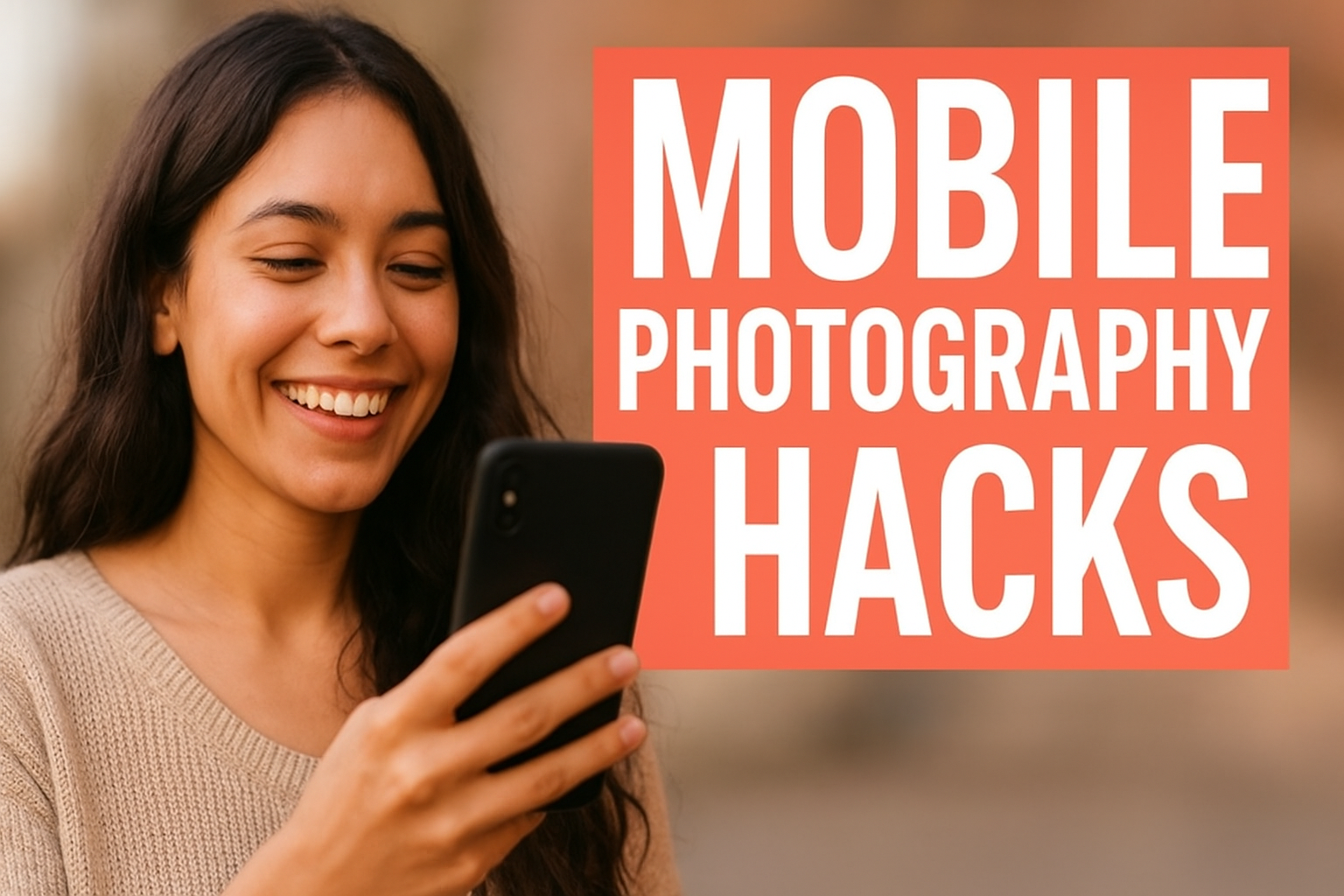
Mobile Photography Hacks: Candid Moments with Your Phone
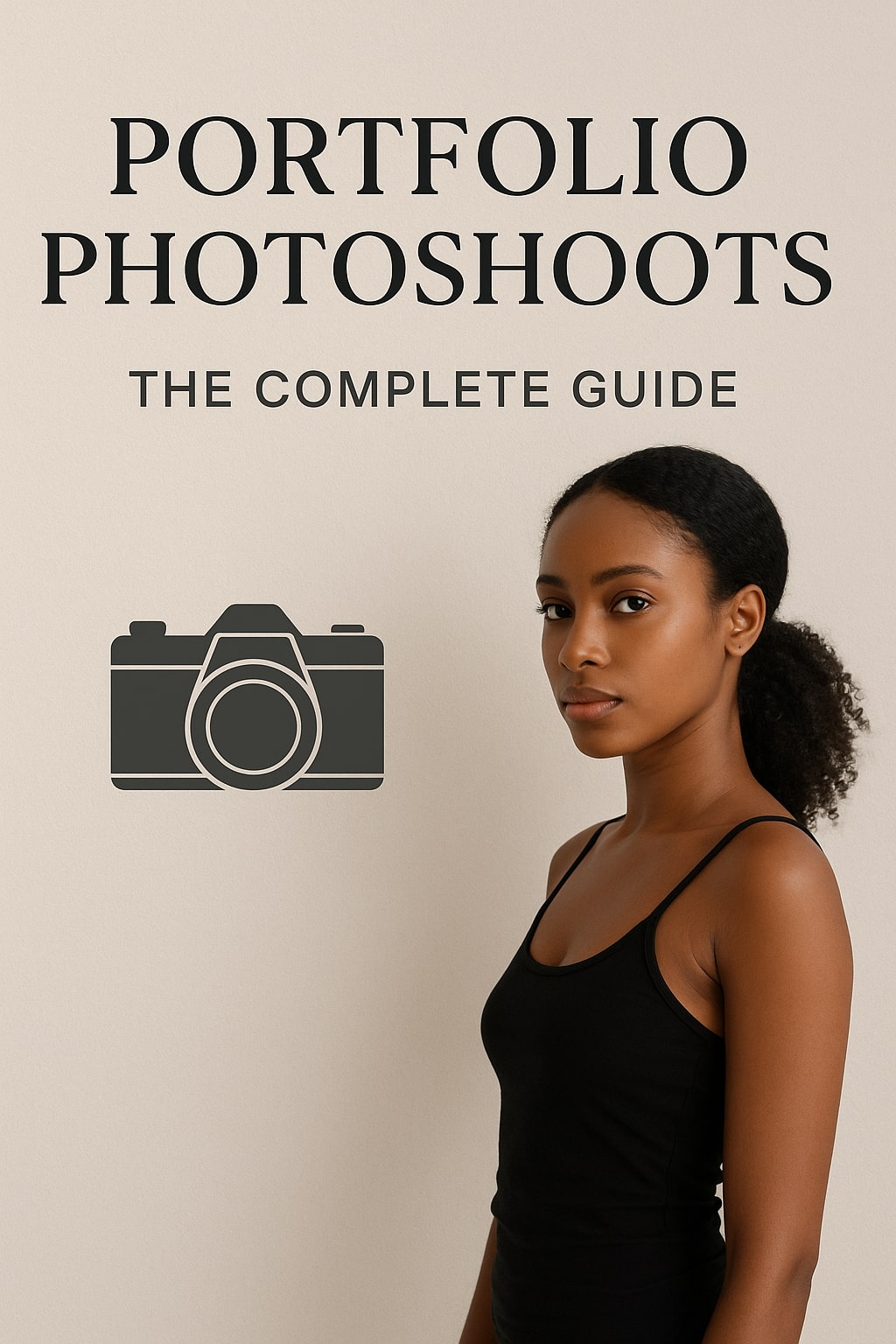
Professional Model & Portfolio Photoshoots: Show Your Best Work
-
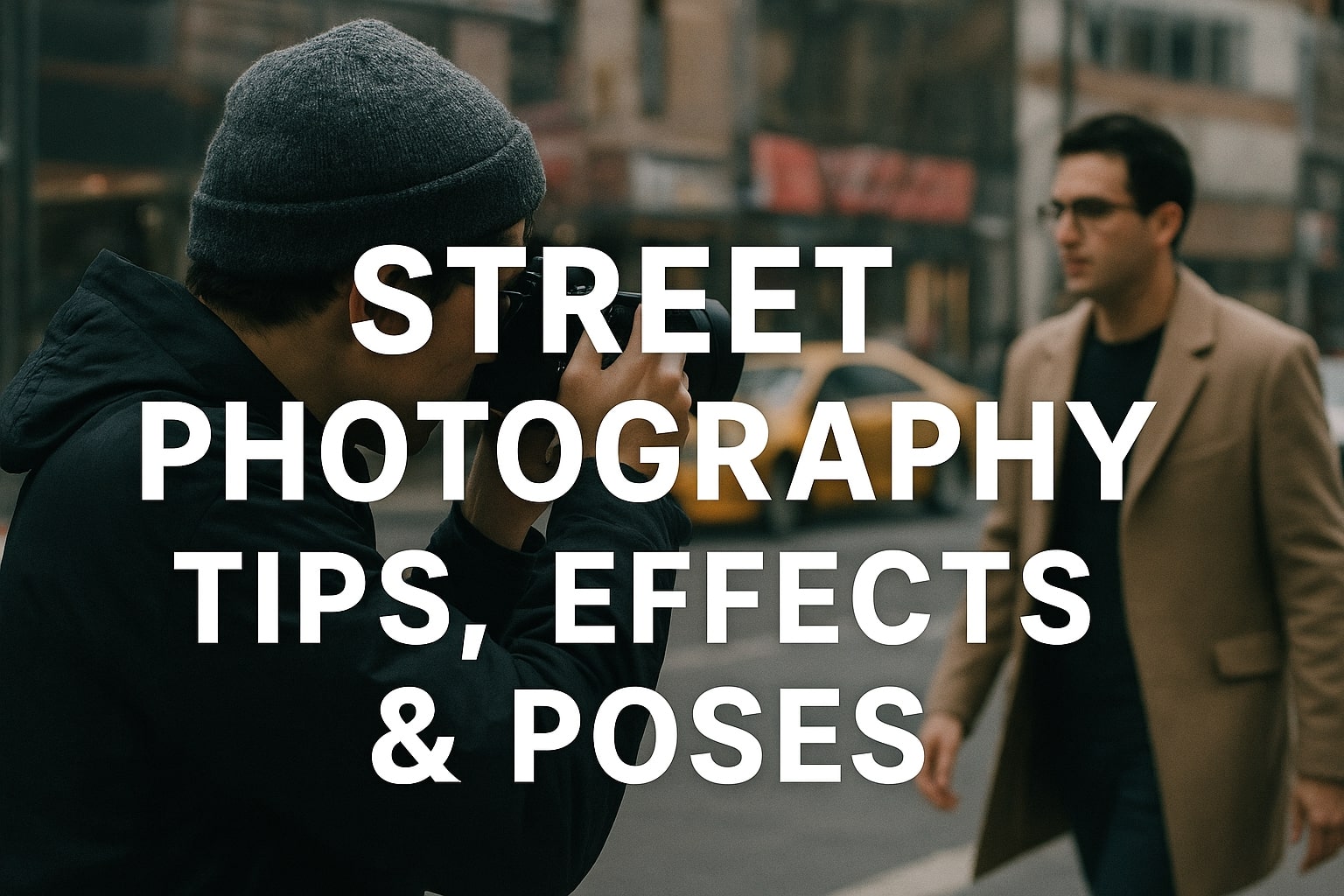
Street Photography Tips, Effects & Poses – Complete Guide
-

Leica Q2 for Photography: Why It’s Loved by Photographers
Mobile Photography Hacks: Candid Moments with Your Phone
Discover high-impact mobile photography hacks to capture genuine, gorgeous candid moments with your phone. Learn practical tips, composition secrets, and pro techniques to turn everyday scenes into stunning visual stories. Introduction: The New Age of Mobile Photography Photography has evolved beyond heavy cameras, technical jargon, and expensive equipment. Today, the power to capture extraordinary moments
Professional Model & Portfolio Photoshoots: Show Your Best Work
” Discover how to plan, style, and execute stunning portfolio photoshoots that showcase your skills, personality, and versatility. This comprehensive guide covers professional tips, posing ideas, gear suggestions, and industry insights for models and photographers.” Introduction – Why Portfolio Photoshoots Are the Cornerstone of a Photographer’s Career A well-crafted portfolio photoshoot is more than a
Street Photography Tips, Effects & Poses – Complete Guide
Discover the ultimate guide to Street Photography with expert tips, creative effects, and dynamic poses. Learn how to capture authentic urban moments, master composition, and tell powerful visual stories through your lens. Article Outline 1. Introduction to Street Photography Street Photography is more than just taking pictures of people in public spaces — it’s about
Leica Q2 for Photography: Why It’s Loved by Photographers
Introduction: The Cult Status of the Leica Q2 The Leica Q2 is not just a camera—it’s a statement. Combining the heritage of German precision engineering with modern digital excellence, it holds a special place in the hearts of professional and passionate photographers alike. With its full-frame sensor, prime Summilux lens, and minimalist design, the Q2
Top Cameras Under ₹1 Lakh for Freelance Photography
Freelance photography is no longer a niche—it’s a booming creative profession that demands not only vision and hustle but also the right gear. Your camera isn’t just a tool; it’s your storytelling partner. If you’re a freelance photographer aiming to balance performance, versatility, and budget, investing in a cameras under ₹1 lakh can offer the
Top Features of Nikon D850 That Make It Ideal for Photoshoots
Explore the top features of the Nikon D850 that make it a powerhouse for photoshoots. From exceptional resolution to dynamic range, this detailed Nikon D850 guide is built for professional and aspiring photographers. 1. Introduction When Nikon launched the D850, it quickly earned a reputation as a flagship DSLR that redefined what photographers could expect

